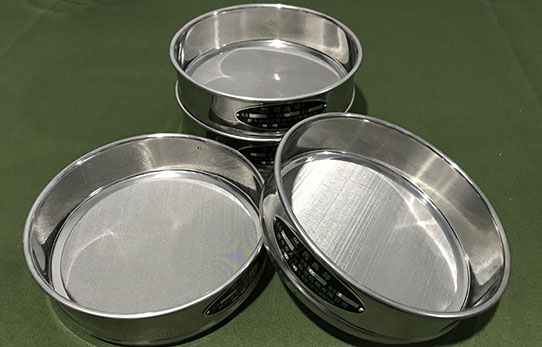Laboratory Round Sieve
Thursday February-20 2025 12:07:31
Laboratory round sieve is a commonly used laboratory screening equipment used for particle size analysis and screening of solid materials. It usually consists of screen frame, screen mesh, vibrator and base.

Laboratory Round Sieve Features
1. Stainless steel material: Stainless steel frame and perforated plate/wire mesh, high stability and corrosion resistance. Stainless steel sieves are strong, high temperature resistant and not easy to deform.
2. Micro mesh: This stainless steel wire mesh filter has very micro mesh holes, which can effectively perform solid-liquid separation operations.
3. Round sieve: The outer and inner edges of the laboratory round sieve are made of seamless crimping technology, which firmly fixes the sieve in place and is not easy to fall off.
4. Easy to clean: The smooth surface of the sieve eliminates cross contamination, simplifies sieve cleaning, and can be stacked for classified filtration to effectively separate materials.
5. Multiple uses: The laboratory round sieve is suitable for long service life, high reliability, and is suitable for all screening tasks.
The main features of Laboratory round sieve are simple structure, easy operation and the ability to provide reliable screening results. It can be used for screening various granular materials, including powdery, granular and granular materials. The screen aperture of Laboratory round sieve can be changed as needed to adapt to materials of different particle sizes.
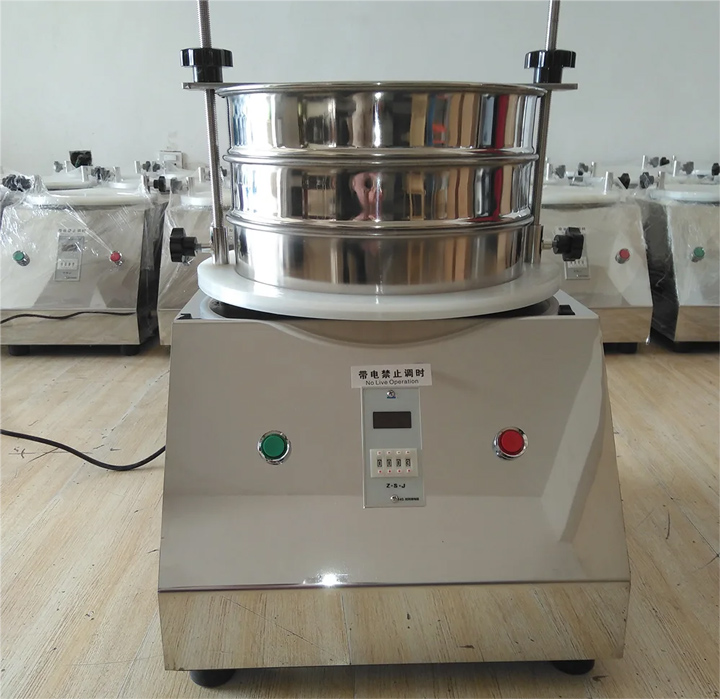
Laboratory round sieve has a wide range of applications in laboratories. Here are some common application areas:
Product description of laboratory round sieves:
| Sieve diameter | 200 mm, 400 mm | Sieve depth H1 | 32, 50 or 65 mm |
| Woven wire mesh | 30 µm to 11,2 mm (stainless steel) | Circular aperture | 0.5 to 125 mm (stainless steel) |
| Square aperture | 4.0 to 125 mm (stainless steel) | Application | Particle size distribution analysis, sample preparation, fractionation |
| Material to be sieved | Powders, aggregates, suspensions, seeds, etc. | Industrial sectors | Agriculture, construction (building and road construction), environmental technology, food industry, geology, medicine and pharmaceuticals, metallurgy |
What is the use of laboratory round sieve?
Particle analysis: Laboratory round sieve can be used for particle size analysis of granular materials. Through the different apertures of the screen, the particle size distribution of the material can be determined, helping researchers understand the physical properties and particle characteristics of the material.
Quality control: In pharmaceutical, food, chemical and other industries, laboratory round sieve is used for quality control to ensure that the particle size of the product meets the prescribed standards. Through screening, the consistency and quality stability of the product can be checked.
Raw material screening: In the laboratory, laboratory round sieve can be used to screen raw materials to remove impurities and unwanted particles. This helps improve the efficiency of experimental and production processes and ensures that the raw materials used are of good quality.
Research and Development: Laboratory round sieve plays an important role in the new product research and development process. By screening materials of different particle sizes, researchers can evaluate the impact of different particle sizes on product performance, providing a basis for product optimization and improvement.
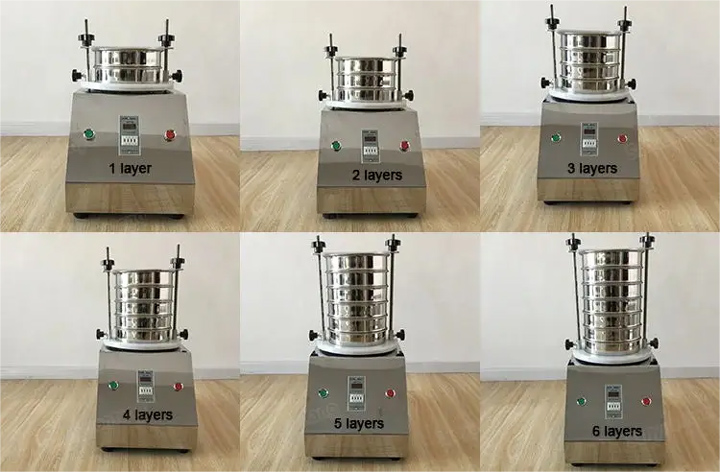
What are the different types of laboratory round sieves?
Classification by diameter
200mm laboratory round sieve: a sieve with a larger diameter, suitable for processing more samples.
75mm laboratory round sieve: a sieve with a smaller diameter, suitable for processing a small amount of samples or fine screening.
Classification by material
Stainless Steel Test Sieves: corrosion-resistant and high-temperature-resistant, suitable for most laboratory environments.
Brass laboratory round sieve: good conductivity, suitable for some special experimental needs.
Nylon laboratory round sieve: light and not easy to rust, suitable for samples sensitive to metals.
Technical specifications for laboratory round sieves
| Test sieves according to ISO 3310 | |
| Sieve sizes | 200x32 mm, 200x50 mm, 203x50 mm (8″), 300x65 mm, 400x65 mm, more on request |
| Variations | Woven wire mesh, sizes from 36 µm to 125 mm; Perforated plates with round holes 1.0 to 125 mm; Perforated plates with square holes 4 to 125 mm |
| Sieve frame | Stainless steel (1.4301) |
| Sieving medium | Stainless steel perforated plates, stainless steel wire mesh (other materials on request) |
| Norm | DIN ISO 3310 Part 1 and Part 2 |
What is the difference between a dry laboratory round sieve and a wet laboratory round sieve?
| Aspect | Dry Laboratory Round Sieve | Wet Laboratory Round Sieve |
| Picture |
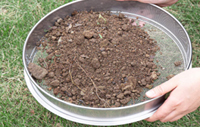 |
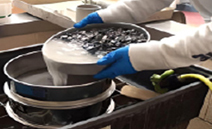 |
| Purpose | Used for dry sieving of granular or powdered materials | Used for wet sieving of samples that require water or liquid to separate particles. |
| Sample Type | Dry, free-flowing materials (e.g., sand, flour, grains) | Wet or slurry samples (e.g., soil, clay, or materials that clump when dry). |
| Sieving Process | Particles are separated by mechanical shaking or vibration | Water or liquid is used to wash samples through the sieve mesh. |
| Mesh Materiall | Typically made of stainless steel, brass, or nylon | Often made of corrosion-resistant materials like stainless steel to withstand water exposure. |
| Design Considerations | Designed to prevent clogging of dry particles | Designed to handle liquid flow and prevent mesh clogging from wet samples. |
| Cleaning | Easier to clean as it only deals with dry residues | Requires thorough cleaning to remove liquid residues and prevent corrosion. |
| Applications | Common in industries like agriculture, construction, and food processing | Used in environmental testing, geology, and industries dealing with wet materials |
Precautions for laboratory round sieves
When operating the laboratory round sieve, first put the materials to be screened into the screen frame, and then start the vibrator to make the screen frame start to vibrate. The force of vibration causes the materials to form a hierarchical distribution on the screen. The larger particles are blocked by the screen, while the smaller particles fall through the screen into the collection container below. By adjusting the amplitude and time of vibration, the effectiveness of the screening process can be controlled.
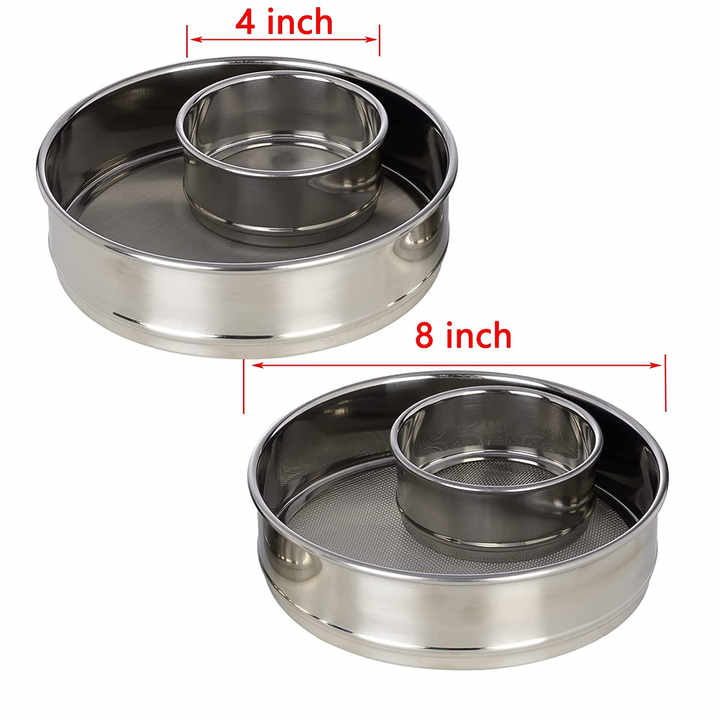
There are some issues you need to pay attention to when using laboratory round sieve. First, select the appropriate screen aperture to suit the particle size range of the material. Secondly, keep the screen frame and screen mesh clean to avoid material accumulation and blockage. In addition, according to actual needs, other analysis methods, such as microscope observation, particle size analyzer, etc., can be combined to further analyze and confirm the screening results.
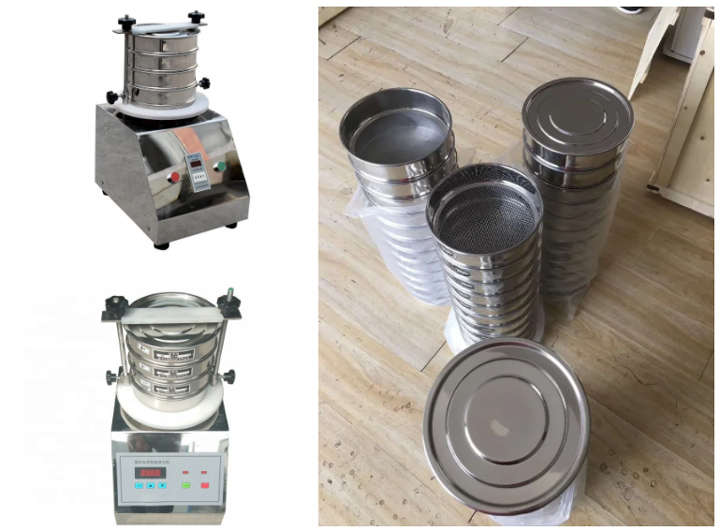
In general, laboratory round sieve is a simple and effective laboratory screening equipment, which is widely used in particle size analysis and screening of granular materials. It plays an important role in laboratory research, quality control and process optimization, providing reliable data support for scientific research and industrial production.
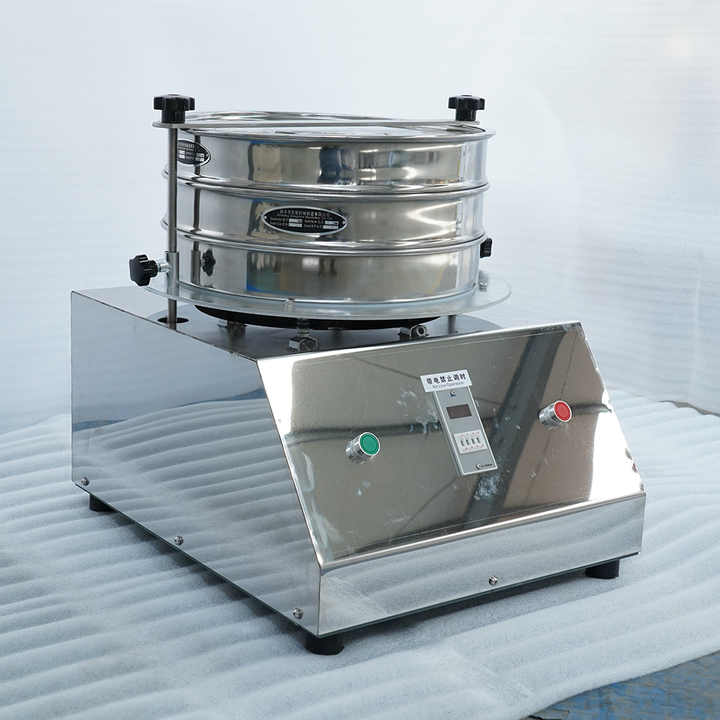
Customization and standard of laboratory round sieves
Dahan Machinery can provide a unique customized service to achieve single-piece production or small-batch production of any perforation pattern: any perforation pattern, any plate thickness, custom plate material, any hole spacing and tolerance, all in accordance with customer specifications.

